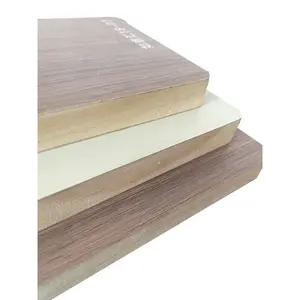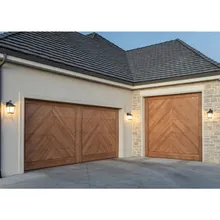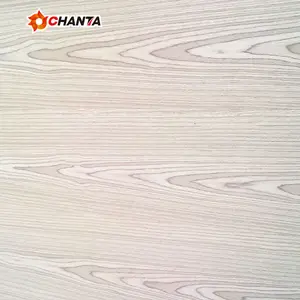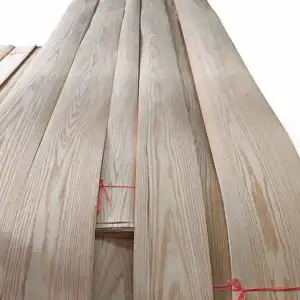Ash Veneer: An Overview
Ash veneer stands as a versatile material in the woodworking and furniture-making industries. This product category encompasses a range of options, including ash wood veneer, white ash veneer, and black ash veneer, each offering a unique aesthetic to suit various design preferences. Ash veneer is primarily used as a cost-effective alternative to solid wood, providing the desired finish and wood type without the higher expense.
Types and Applications of Ash Veneer
The application of ash veneer extends across various products, from wall panels and furniture to doors and light fixtures. Special varieties like olive ash burl veneer and tamo ash veneer are sought after for their distinctive patterns, adding a decorative touch to interiors. For functional uses, ash veneer sheets are ideal for curved surfaces, a task challenging for solid wood. Their translucency also makes them a popular choice for lamp shades and other lighting elements, where they allow for a soft diffusion of light.
Features and Advantages of Ash Veneer
Ash veneer provides several advantages over solid wood. Its thinness allows for more efficient use of the wood, and it can be applied to surfaces that require a degree of flexibility, such as curved structures. Ash grey veneer and dyed ash veneer offer aesthetic versatility, ensuring that there is a style to meet the design needs of any project. Furthermore, certain types of ash veneer, like the backed and laminated varieties, offer enhanced resistance to warping, making them a durable choice for furniture and wall paneling.
Customization and Sustainability
Customization is a significant advantage of ash veneer. Products like laid up veneer can be tailored to specific designs, sizes, and shapes, providing a personalized solution for customers. Additionally, the use of fast-growing species in the production of laminated veneer underscores the sustainability aspect of this material, making it an environmentally conscious choice for those looking to minimize their ecological footprint.
Material and Construction
The construction of ash veneer involves various processes to enhance its durability and application potential. Olive ash wood and tamo ash wood are examples of the raw materials that are transformed into thin sheets, backed with stable materials, or laminated to improve their structural integrity. This ensures that the final product retains the beauty of ash wood while being suited to a broader range of applications.
Choosing the Right Ash Veneer
Selecting the appropriate ash veneer for a project involves considering the specific requirements of the application, such as flexibility, resistance to warping, and the desired visual effect. With a variety of options available, including white ash wood veneer and black ash wood veneer, buyers can find the right match for their needs, ensuring both satisfaction and the longevity of the veneer in its end use.











































 浙公网安备 33010002000092号
浙公网安备 33010002000092号 浙B2-20120091-4
浙B2-20120091-4